How Long Does a Pond Pump Need to Be on Each Day?
A pond pump and a filter are necessary to maintain pond health. A well-maintained pond adds value to a home, and even though a large pond with fish requires more maintenance than a small pond, it is worth the extra effort, providing movement, color and a dramatic landscape element. A pond’s pump should run 24 hours each day to ensure the pond’s water circulates through the filter to keep the water clear.
Pump Function
A pond pump may be submerged in the pond’s water or sit outside the pond, depending on the pump type, but both types work in the same way. The pump uses spinning blades, known as impellers, to pull pond water through a screenlike intake and expel the water through an outlet pipe. Generally, a large pond has an external pump and a smaller pond or water garden has a submersible pump. Any kind of pump requires regular maintenance of its intake filter and screen to prevent clogging.
Pump Size
Before buying a pond pump, calculate your pond’s water capacity to determine the size of pump required to circulate all of the pond’s water through the pump every one to two hours. Formulas can help you determine your pond’s water capacity in gallons from pond measurements taken in feet. The formula for a rectangular pond is length x width x depth x 7.48 = gallons. For a circular pond, the formula is radius x radius x 3.14 x average depth x 7.48 = gallons. The formula for an irregularly shaped pond requires dividing the pond into easier-to-calculate shapes, figuring the water capacity in gallons for each of those shapes and then multiplying the total sum of those gallons by 231 instead of 7.48.
Operating Cost
A pond that has a pump or other electric equipment requires electricity, and so it will increase your monthly electric cost. Some pumps cost less to operate than other pumps. Reduce the cost of pump operation by using a pump that moves the necessary amount of pond water while using the least amount watts; a watt is a measurement of electrical usage. Calculate the cost of operating a pump by using this formula: Divide the watts by 1,000, and then multiply that figure by 24 hours, the number of days per operation and electricity cost. An example is: 300 watts/1000 x 24 hours x 30 days x 0.08 for electricity cost = $17.28 as the cost to run the pump for 30 days.
Other Considerations
Mosquitoes can be a problem when a pond is in the landscape, but mosquitoes lay eggs in only stagnant water. A pump can keep the pond water moving, deterring mosquitoes from laying eggs in the water. Even a small amount of moving water can prevent mosquitoes from laying eggs. So if a pump is not feasible, add a fountain bubbler to keep water moving.
How Many Watts Would a 2.5 HP Pump Use?
A pump helps circulate and filter the water in a pool. A pump’s horsepower determines how quickly the pump can process all the water. The goal is for the pump to sufficiently filter all the water in an 8 to 10 hour period, according to Aquascapes. Depending on the size and volume of your pool, you will need more or less horsepower to filter the water in that ideal time frame. Horsepower can be converted to watts, giving you a guesstimate of what your energy costs might be to run your pump.
Math Conversions
One horsepower is equal to 745.7 watts. When you multiply 745.7 watts by 2.5 hp, you get 1,864.25 watts. Energy costs are calculated in kilowatt-hours, and to get kilowatt-hours, you multiply watts by hours and divide by 1,000. So, if you run your pool pump for 8 hours in one day, 1,864.25 multiplied by 8 and divided by 1,000 equals 14.9 kilowatt-hours. If you run your pump every day for an average of 30 days per month — 30 multiplied by 14.9 — your pump uses 447 kilowatt-hours in a month.
Pondless Waterfall Installation
A pondless waterfall is a great way to add the beauty of water to your landscape without all the work that goes into maintaining a traditional pond.
Koi Pond Builders Near Me
Koi Pond Builders Near Me
If you live in an area with a temperate climate, you may be considering adding a koi pond to your landscape. Koi ponds are beautiful additions to any property and can provide hours of enjoyment for both adults and children. But before you start shopping for koi fish, there are a few things you need to know about building a koi pond. Here are some tips from experienced koi pond builders near me.
Finding a koi pond builder near you
If you’re looking for a koi pond builder, it can be a daunting task to find one near your home. However, with the right resources and careful search, your local area may have just the landscape designer you’re looking for! Start by checking out online reviews and asking around for referrals. Your local garden store might also be able to point you in the direction of a reputable koi pond designer. You may even come across someone through online forums or at a nearby farmers market or other outdoor event. Finding a koi pond builder that is trustworthy and has experience with koi ponds can help make sure your project is completed to perfection.
Why you should build a koi pond
Building a koi pond can provide a lifetime of soothing beauty for your backyard. A koi pond is an excellent addition to any home as it brings a calming atmosphere, peace and joy for years to come. Not only will it offer tranquility and beauty, but koi are also an ideal way to bring color and life into your garden or patio with their vibrant colors. The colors of the fish change as they age providing ever-changing scenery in the pond. Furthermore, caring for koi requires little effort; simply feed them regularly and occasionally clean the filters in order to keep the water clean. Finally, ponds can be designed and built at a range of prices so that anyone can add one to their outdoor space regardless of their budget.
How to choose the right size and location for your koi pond
Choosing the right size and spot for your koi pond can be a tough decision, as there are many factors to consider. Whether it’s sitting in a sunny spot on your balcony or tucked away in a corner of your garden, the proposed area should provide access to at least 6 hours of sunlight each day. Additionally, the ideal water surface area is about 9 sq. meters for 1-2 koi fish, so make sure to account for this before you buy any materials. Finally, keep the terrain in mind when deciding the best shape for your koi pond; rectangular ponds are great for flat areas, while more high elevated spots would require a curved edge pond design to accommodate water run off from rain or irrigation. By taking all these points into consideration, you’ll be able to easily find the size and location that will suit both your needs as well as those of your future scaled friends!
What type of fish to put in your koi pond
Adding fish to your koi pond can be a fun and rewarding experience, but it is important to choose the appropriate type of fish that will flourish in the ecosystem you have created. If you are new to caring for fish, then it may be wise to start with a smaller variety such as goldfish or minnows. These species are hardy and can handle some changes in water temperature, making them ideal for beginners. For those more experienced in keeping ponds and their inhabitants healthy, larger varieties like Japanese Koi Carp or shubunkin could be an interesting addition to the existing ecosystem. Whatever type of fish you choose, make sure they all coexist peacefully with each other as well as any existing plants in the pond before adding them!
How to take care of your koi pond
Taking care of a koi pond is an incredibly rewarding experience for any pond enthusiast. First, it’s important to keep the water in your pond clean and clear. Regularly test the water for nitrates and chlorines, and use a skimmer or net to remove debris from the surface of the water. Make sure to keep a watchful eye on the overall health of your koi by testing their pH level and maintaining their diet. To keep the pond aesthetically pleasing, it is also important to add aquatic plants to help with filtration, as well as adding stones and gravels to give refuge to your fish when they feel stressed. With proper maintenance, you’ll be able to enjoy watching your koi live happy, healthy lives!
A koi pond can add beauty and serenity to your home, while providing a fun and relaxing hobby. If you’re thinking about adding a koi pond to your yard, there are a few things you need to know first. Use our tips above to find a reputable koi pond builder near you, choose the right size and location for your new pond, select the best type of fish, and learn how to properly take care of your new aquatic friends. With some planning and preparation, you’ll be enjoying your very own koi pond in no time at all!
Check out our store for all your water gardening needs! Aquascape products are Aquascape Inc. Certified.
Thanks for reading at Meyer Aquascapes! We hope you’ve enjoyed our post on garden pond design. Please leave a comment below if you liked it or have any questions. We’d love to hear from you! Thanks for stopping by!
How can we help?
We’re the Best Pondless Waterfall Installers, Period.
As the saying goes, “If you want something done right, do it yourself.” And when it comes to pondless waterfall installation, that’s exactly what we do.
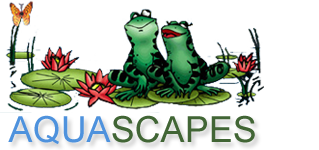
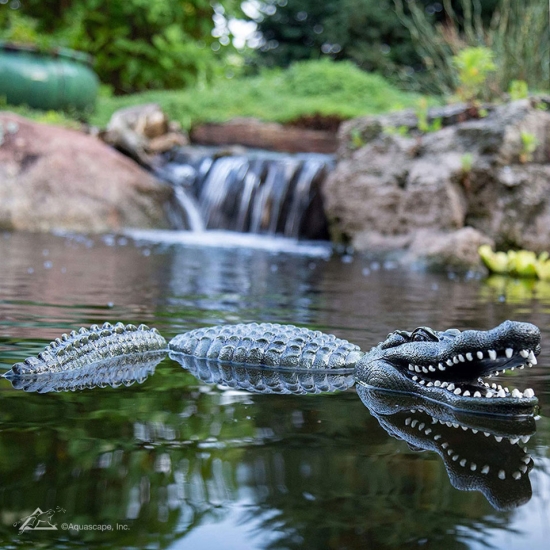

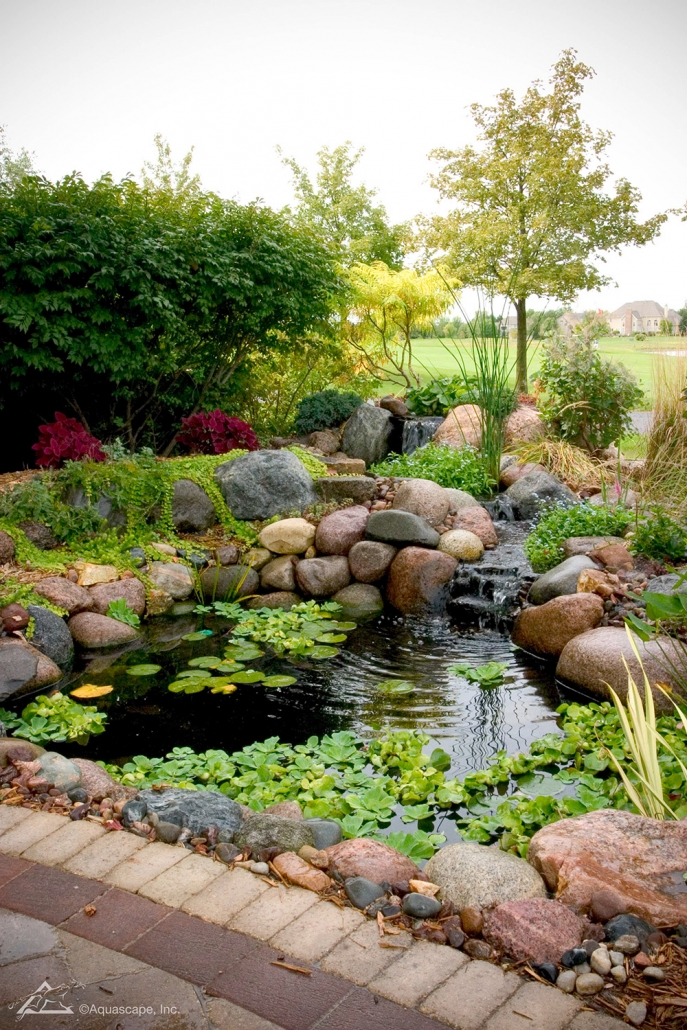
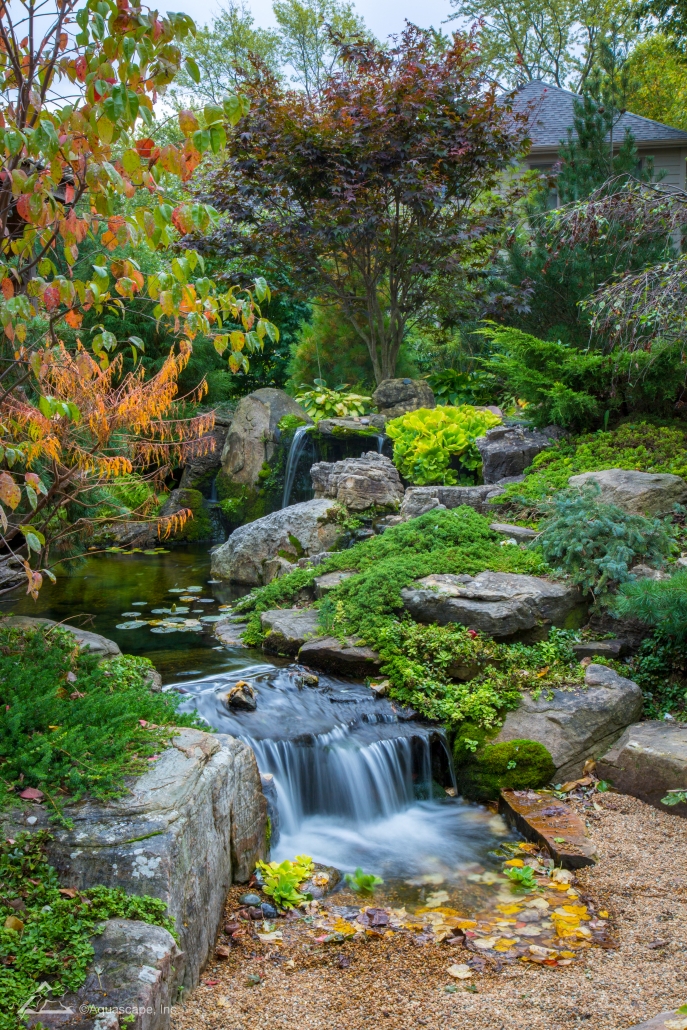
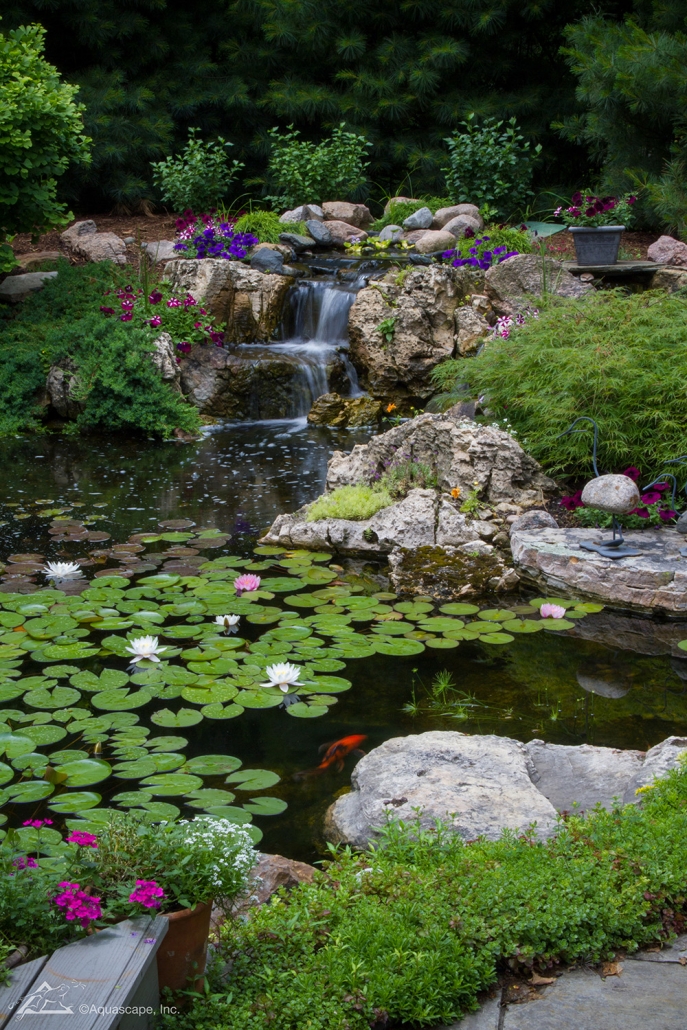
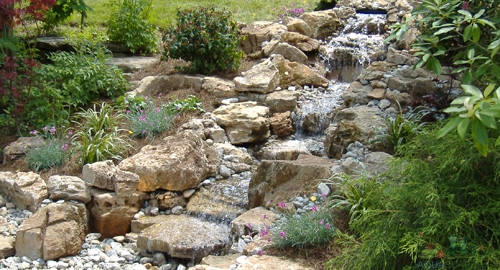
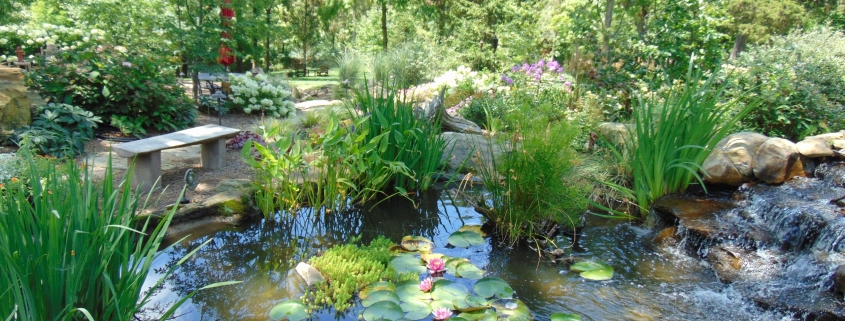 meyer aquascapes
meyer aquascapes
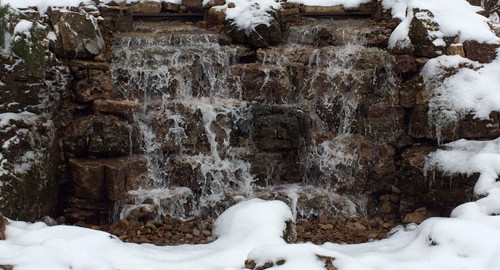 Meyer Aquascapes
Meyer Aquascapes
